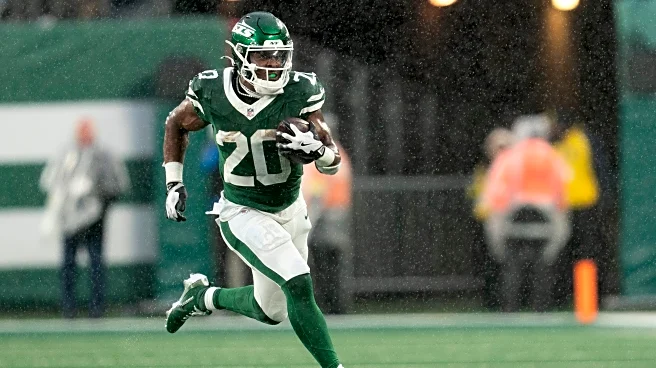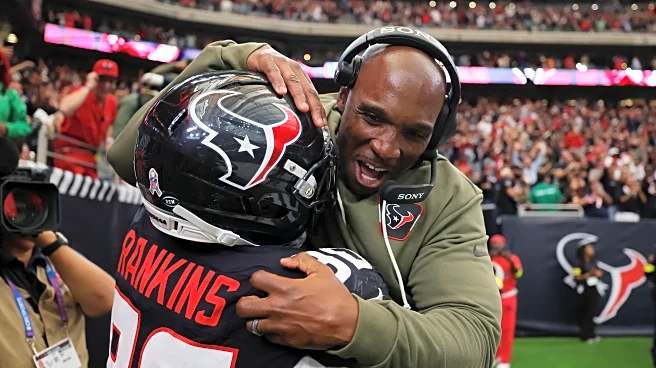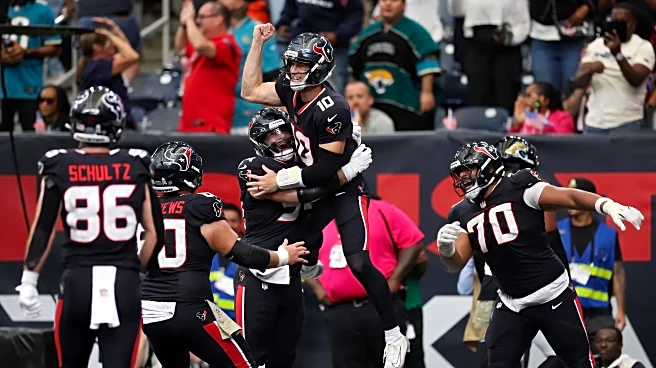“There are lies, damn lies, and statistics.” — Mark Twain
The line above is often attributed to Mark Twain, but we have no proof that he was the first one to say it. The Googles will say that it was either
him or someone else and that rabbit hole is a perfect example of the quote itself. Truth is often a four letter word. The simply reality is that the numbers themselves can’t lie. The only thing that can really happen is that people can either lie about the numbers, lie about what they mean, or completely misunderstand them.
We always throw out these caveats when we start breaking down numbers. I make no bones about the fact that I am a data driven individual. I come from the point of view that the numbers can explain what can’t be explained in a few words. We know what we see, but our vocabulary struggles to articulate it. Bill James once said that good statistics take on the qualities of language. I prefer to think of it as a portrait. Some numbers paint stick figures. Others paint beautiful mosaics.
When Nick Caley was hired, there was one clear mandate: create an offense that will be measurably better than the one Bobby Slowik captained. We knew the defense was going to be great. We also knew the schedule was going to be tougher. Sure enough, the record of the teams beating the Texans is a combined 33-13 going into the game with the Tennessee Titans. The four teams they have beaten are a combined 16-21.
As per usual, we begin with the aggregate and work our way backwards. We are looking at what will likely be a 5-5 football team after this week’s game. We can surmise that the overall numbers will improve across the board. So, let’s see if we can gauge the differences. Caley was brought in to do three things: make the running game more efficient, make C.J. Stroud more efficient, and keep him off of his backside.
Bobby Slowik Numbers
- Total Points: 372 (21.88 per game)
- Total Yards: 5435 (319.7 per game)
- Rushing Yards: 1909 (112.3 per game, 4.4 AVG)
- Passing Yards: 3526 (207.4 per game, 5.7 NYA)
- Sacks: 54 (3.18 per game)
The last number is probably the number that got Slowik fired. That total made the Texans one of the five worst teams in the NFL at avoiding sacks. Now, was that just the offensive line? Of course not. Stroud often held the ball too long and the offense itself tried too many down the field throws. Caley ostensibly said he would rely more on the quick, short passing game that Tom Brady became famous for. The general idea is that he would complete a higher percentage of passes and take on fewer sacks.
I could include league ranks, but the general idea is to focus on the mandate. The mandate was for Caley to be better than Slowik. So, we will only compare the two without worrying about how they compare to the league at large. For now we are only looking at the aggregate. Don’t worry, we will answer the obvious question when that is done.
Nick Caley Numbers
- Total Points: 204 (22.66 per game)
- Total Yards: 2988 (331.2 per game)
- Rushing Yards: 1001 (111.2 per game, 4.2 AVG)
- Passing Yards: 1980 (220.0 per game, 5.8 NYA)
- Sacks: 21 (2.33 per game)
So, the total points and yards are pretty damn similar to Slowik. The rushing yards are actually slightly worse on a per carry basis, but there is no Joe Mixon either. So, the vast majority of any improvement has come in the passing game and in avoiding sacks. So, the aggregate referendum on Caley depends on the feelings you have about the Slowik numbers. If those numbers weren’t good enough then Caley’s won’t be good enough either. Obviously, he has eight games to build on that resume.
Unfortunately, the Caley case doesn’t stop there. If the Texans scored exactly 22 points in every one of their games they would be 6-3 right now and one could surmise they could be 7-2 if they simply played an aggregate level of offensive football like they have above in each of their nine games. I’d guess that if they were 6-3 or 7-2 then no one would be calling for Caley to canned at the end of the season. So, let’s take a different look.
Points in Wins: 132 (33.0)
Points in Losses: 72 (14.4)
The initial response to something like this is usually something like, “of course dumbass. You always look better in victory than in defeat.” That is true, but it is true in an extreme case for the offense. For instance, let me flip this and look at the defensive numbers and see if you notice the difference.
Points allowed in wins: 54 (13.5)
Points allowed in losses: 96 (19.2)
Are they better in wins than in losses? Of course they are. However, the difference is not nearly as stark. In other words, the defense plays good football regardless of who they play. The offense seems to play good football against subpar teams and seems to struggle against the good teams. Let’s take a look at the rushing and passing yards in these situations.
Total Yards per win: 414.3
Rushing Yards per win: 145.8
Passing Yards per win: 268.5
Total Yards per loss: 264.8
Rushing Yards per loss: 83.6
Passing Yards per loss: 181.2
These numbers are pretty stark and they help predict a future. After all, we saw the record of teams that have beaten the Texans. They have two games remaining against the Colts along with games against the Bills, Chargers, and Chiefs. Those are all playoff teams as the standings sit now. Clearly, the Texans offense doesn’t fare well against good defenses. However, hidden in the numbers above is another key factor. Even with a lack of yards is a lack of ability to turn production into points. Notice the difference in wins and losses.
Yards Per Point in Wins: 12.55 yards per point
Yards Per Point in Losses: 13.79 yards per point
So, three things are happening at the same time. First, they are gaining far fewer yards on the ground. Secondly, even if they throw it more (since they play from behind) they still don’t have as much total success. Finally, they are less efficient in the red zone when they have those opportunities. That obviously, puts what we have seen into a context we can articulate.
The Bottom Line
The Slowik and Caley offenses look similar in the aggregate, but the closer we look the more we see extremes. There is always more than one way to look at numbers. We can say that this proves that his offenses don’t hold up when they face stiffer competition. We can also say that the schedule maker didn’t do the Texans any favors this season and therefore he should be graded on a curve. If we use our predictive powers, we would surmise that the Texans will look great against the Titans, Cardinals, and Raiders and will look befuddled against the Colts. Chiefs, Chargers, and Bills.
Of course, not all of those good teams are good because of their defense. So, the Bills game might not be as soul crushing offensively as the other games. Yet, this is a narrative to keep an eye on because our collective feelings about Caley seem to vacillate depending on who they just played. A good offense will be good against everyone. A bad offense will be bad against everyone. An average offense will look good some weeks and awful in other weeks. Is average good enough? What do you think?













